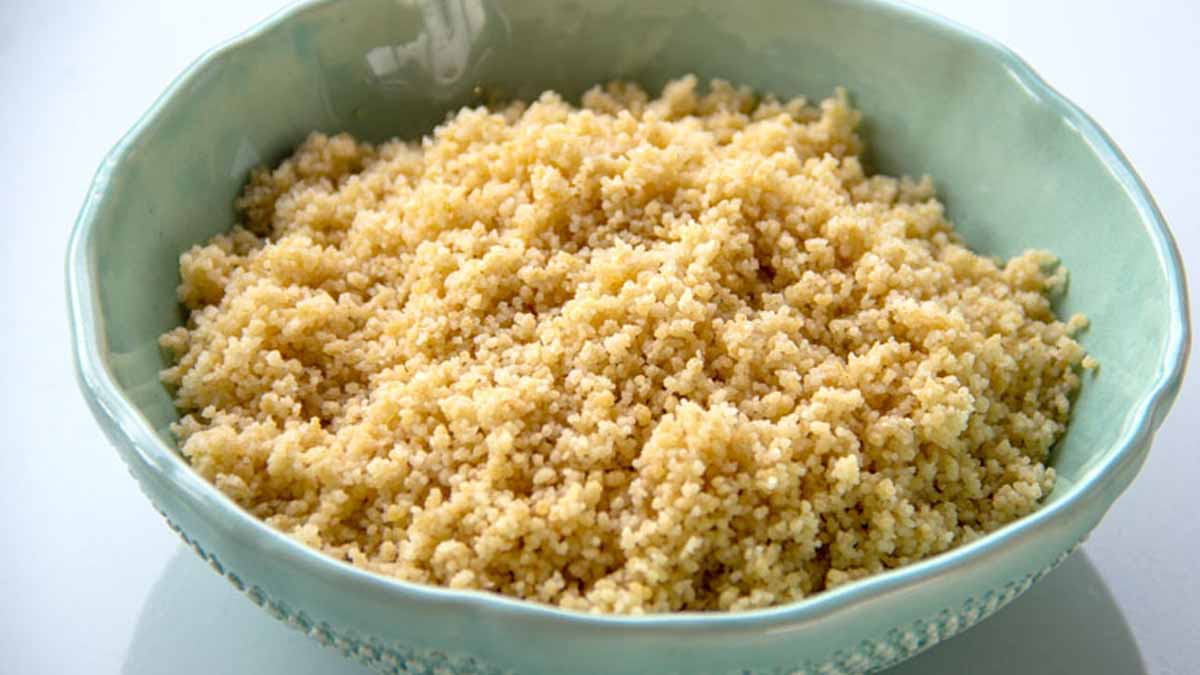A small ingredient is quietly reshaping how we think about power foods, taste, and climate. From test benches in Argentina to bakeries across Europe, a fine insect powder slips into doughs and batters without fuss, while delivering standout nutrition. This new flour raises protein stakes, yet keeps flavor familiar, texture soft, and labels cleaner, which is exactly what busy kitchens, athletes, and hospitals need right now.
Why a tiny insect upends the protein equation
In labs at the National University of La Plata and CONICET, Dr. Carlos Gabriel Arp studies entomophagy not as a novelty, but as a supply-chain reset. Crickets turn leftover feed into lean tissue far faster than cattle, roughly a six-to-one advantage. According to Dennis Oonincx’s 2010 work, these insects also post comparable or lower greenhouse gases than pigs, and far lower than cattle.
That finding underpins today’s life-cycle models guiding food policy. In kitchens, the flour blends into pasta dough, cereal bars, and bread with minimal change in taste or crumb. Because it dissolves quickly, it plays well in batters and mixes, which helps manufacturers scale without retraining consumers.
Boosting nutrition with cricket flour
Arp’s team processed Gryllus assimilis and logged a steady 28% dry yield, then measured 60% protein by weight, outpacing chicken breast and egg white. Two heaping tablespoons deliver more iron than a cup of spinach and nearly half the daily zinc target. The flour brings all nine essential amino acids, a helpful backbone for sports formulas and clinical diets. It also supplies omega-6 fats, plus calcium and magnesium, while chitin supports a healthier microbial balance.
The group calculated digestibility at about 67%, close to soy and higher than many legumes. In practical terms, a standard bagel fortified with 10% of this flour lands almost eight additional grams absorbed. Developers are testing instant soups and ready-to-mix drinks. With humidity below 20%, early shelf tests show stable quality for months at room temperature.
How protein quality meets digestibility and useful micronutrients
Quality still matters, so researchers looked beyond quantity. Lysine, often scarce in wheat, exceeds seventy milligrams per gram of protein, matching beef benchmarks. Leucine and sulfur-containing amino acids also meet or beat dairy levels, which supports muscle synthesis thresholds for athletes. Even with a moderate correction, the powder scores well on PDCAAS, sitting above 1.5 for most indispensable amino acids.
A measured digestibility near 67% lands close to soy and ahead of several legumes. Two heaping tablespoons bring more iron than a cup of spinach and nearly half the daily zinc target, while calcium, magnesium, and chitin may support a healthier microbiome. It also supplies omega-6 fatty acids (roughly one-third linoleic) and omega-9 (about one-quarter oleic), and while the omega-6 to omega-3 ratio is high, formulators temper it by blending the flour with flax or algal oils.
Environmental case for insect-based protein and resource savings
On climate math, the gap is striking. Beef emits about twenty-seven pounds of CO₂-equivalents per pound of steak, while recent Thai and Dutch life-cycle studies place cricket farms under three. Methane explains much of the difference, since these insects lack a rumen. Water follows the same pattern: under 1,000 gallons per pound of protein equivalent, versus about 13,000 for beef steak.
Feedstock turns waste into value because crickets thrive on fruit pulp, brewer’s mash, and other by-products that would otherwise decompose. When they finish feeding, their frass serves as a nitrogen-rich fertilizer, looping nutrients back to fields. These savings resonate with climate-aligned investors who want measurable impact without exotic infrastructure, which speeds commercialization and lowers risk across the value chain.
How it bakes, binds, and holds up in real foods
Bread exposes weak ingredients fast, which is why researchers start there. A Polish trial found wheat loaves with 15% cricket powder boosted that macronutrient content by up to 80% while consumer acceptance stayed within normal bounds. In La Plata, swapping one-seventh of wheat flour showed no loss of volume or chew, a crucial win for texture.
Pasta behaves just as well: replacing 18% of durum kept elasticity and color. Bar makers prize this powder for binding, because its fine particles hold syrups and fix seeds in place. Because the flour mixes readily, formulators can move from kitchen pilot to plant runs with less rework. Clear label space helps, too, as brands can make precise protein claims without long additive lists, which supports trust on crowded shelves.
What shifts habits so protein from crickets goes mainstream
Culture, not chemistry, is the main hurdle. Many Western diners still equate insects with pests. That reaction fades when the bugs disappear into flour, a lesson marketers use by leading with chocolate-chip cookies instead of whole roasted insects. Clear labeling helps shoppers compare per-serving numbers alongside a smaller carbon footprint.
New companies use famous chefs to create familiar foods like banana muffins and taco seasoning. Government rules are catching up: Europe approved several types of crickets for food in 2023, and the US allows cricket powder as a safe ingredient. Getting into regular grocery stores depends on price, but costs are already lower than whey protein. As production grows, prices keep dropping.
A small step toward resilient, nutrient-dense daily eating
If price and trust align, home cooks and hospitals can fortify staples without changing routines, and athletes can track targets more easily. Bakers gain density per slice, because a bagel fortified with ten percent powder adds nearly eight absorbable grams. As farms grow near cities, freight shrinks along with waste. Because the path remains flexible, we can test blends, improve flavor, and still hit high protein goals. The result feels practical: simple swaps, steady nutrition, and lighter pressure on land and water.
